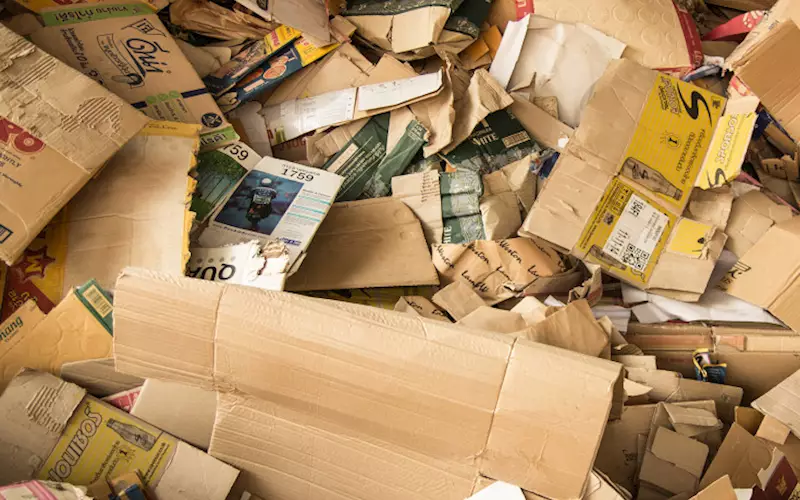Proposed uniform EPR framework to do more harm than good: PROs
The ministry of environment, forest and climate change floated the proposed uniform EPR framework last month to curtail the problem of packaging waste in the country, in which producer responsibility organisations (PRO) envisaged to play a centre role. However, leading PROs have criticised the guidelines in their response to MoEF, calling it vague and ineffective to solve the problems it highlights. The document rather than helping stakeholders in interpretation of several terminologies and definitions of the PWM 2016 rules has added to their confusion and is not fulfilling the objective of creating guidelines.
05 Aug 2020 | By Rahul Kumar
Snehal Jariwala, technical director, NEPRA Environmental Solutions, said, “The document does not associate itself with ground reality for it attempts to bring in transparency in the EPR ecosystem by creating a whole new system without recognising and incorporating efforts already made since notification of the PWM rules in 2016. It does not emphasise on the fact that to make EPR effective the conclusive responsibility of EPR is on producers. This document is trying to shift it to the government and confusing the readers further by bringing manufacturers of resins into the ambient of EPR, which is not in line with successful EPR systems from across the globe. Under the PWM Rules, 2016 manufacturer of resin has been defined as entity separate from producers.”
He added, “There are also loopholes in the models which would allow duplicity of plastic credits and also not assure the post-consumer plastic waste collection and recycling which is already a matter of worry. Another important area where it is lacking is that it does not identify how irrespective of the models adopted, livelihoods of the waste pickers will be ensured? How the stakeholders have to ensure their inclusion and upliftment?”
Hanumant Saraf, business head, Gemcorp Recycling and Technologies, said, “The proposed framework covers only packaging materials, and neglect various single-use plastics like plastic pens, folders, etc which are also thrown away in millions every month. Also, the framework does not define EPR for various types of packaging plastics. So, there will be occurrences where organisations which have obligations for multi-layer packaging (MLPs) are fulfilling their obligations through PET bottles. Since, it is most easy to collect and can be recycled into many commercially viable products. The framework should categorise the obligations as per the generated amount and type of plastics.”
He added, “Also, there is no clarity on the consumption of recycled products. If we want the mechanism to work effectively, it can’t function as a CSR activity. The involved stakeholders don’t see EPR as a commercially viable practice. As per the current economic theory, wastes like packaging are a negative externality outside the market. The government should introduce mandates which give waste an economic value hence the internalization of this externality becomes lucrative for companies. Currently, the producers see it as a charity or a liability, rather than a commercially fruitful business practice.”
The definition of PRO has to be well defined, since everything in the EPR ecosystem revolves round them. Currently, many organisations and other competing industry (for example, the cement industry) are trying to mint money via registering themselves as PRO, without understanding the obligations or having the necessary infrastructure/competency. In the current form, the guidelines will prove to be detrimental to the national movement against packaging waste, and only end up creating more confusion amidst key stakeholders.











 See All
See All